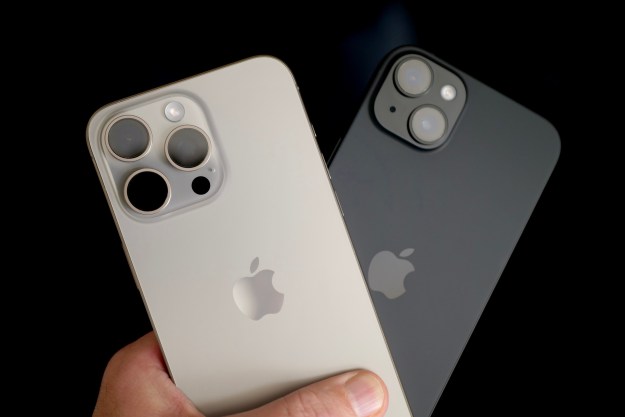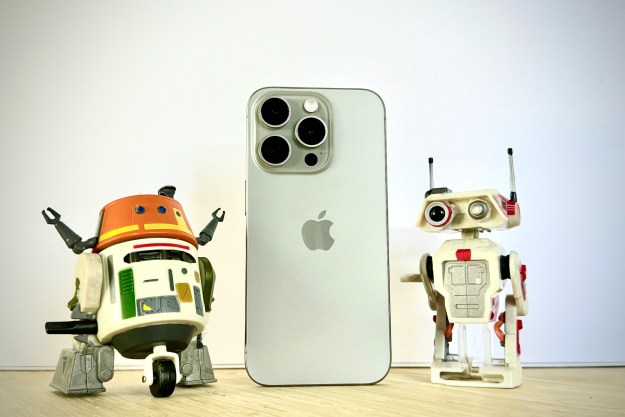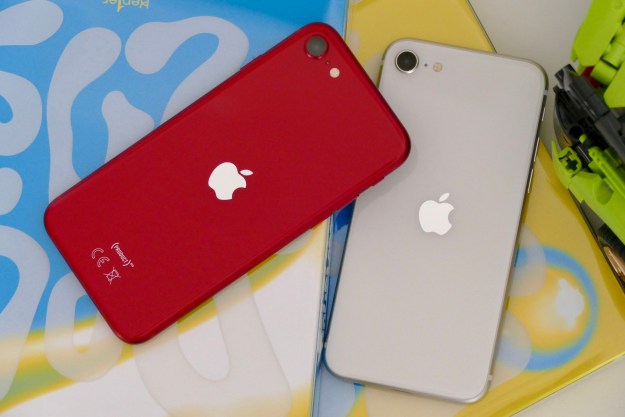 China is arguably the world’s biggest potential electronics market. If you can make a product that’s a big hit with Chinese consumers it’s almost as big a deal as a hit product in the U.S. — and China’s buying power is expected to only grow even more in the near future. Thus optimism was high when the iPhone finally launched in China.
China is arguably the world’s biggest potential electronics market. If you can make a product that’s a big hit with Chinese consumers it’s almost as big a deal as a hit product in the U.S. — and China’s buying power is expected to only grow even more in the near future. Thus optimism was high when the iPhone finally launched in China.
However, in the time since, the iPhone has proved an epic flop in China even as Chinese telecoms try to defend their weak sales. China Unicom, the phone’s carrier only managed to sell 5,000 handsets in the phone’s first few days, far less than at equivalent launches in the U.S., UK, France, and Germany. While the telecom says it is satisfied with the phone’s sales performance, the numbers are disappointing for a phone that has burned up international sales charts.
One major problem is price. The phone is available in China for 6,999 yuan, or $1,024 without a contract, but can be purchased much cheaper in Hong Kong’s so-called “grey market”. The grey market cost in Hong Kong is approximately $800. Sales were also hindered by the exclusion of Wi-Fi from the phone, following China’s ban on the standard, which it was trying to replace with its own standard. Since May China has begun reallowing Wi-Fi, but new Wi-Fi-ready models still aren’t available yet in China.
The epic failure of the phone in terms of sales is epitomized by the sales figures just released by Taobao.com, the nation’s leading e-tailer and only firm besides China Unicom authorized to sell iPhones inside China. According to IDG News Service, since the phone launched on the site on November 22, only two 8 GB models were sold, three 16 GB, and no 32 GB models. That’s right — in an increasingly prosperous and tech-hungry nation of over 1 billion, the country’s largest E-Tailer has only been able to sell 5 iPhones.
In its report IDG says that difficulties with the app store may also be partially to blame for the phone’s dismal sales. Explains the report, “Credit cards are increasingly common in China, but their holders rarely use them to make small payments via mobile phone, local consultancy Analysys International said in a research note. Credit card penetration also remains low among young people of the sort that would like the App Store, it said. Many Chinese make payments via mobile phone but do so with prepaid cards sold by local carriers. The App Store will need to add new payment options and more localized content to win more users in China.”
China Unicom still hasn’t given up on the struggling phone. The company just launched 3G services last month and currently has around 1 million total subscribers. The company hopes that the iPhone will help drive over 1 million new subscribers per month to the next-generation network service. Currently the company has over 150 million subscribers on its older networks. The company is aiming for 10 percent of its 3G subscriptions to be iPhones by three years from now.
In South Korea the iPhone enjoyed a much more enthusiastic launch last week with 60,000 online orders. That number looks especially pretty when compared to the Chinese total of 5 orders.
Earlier this year, before the launch of the phone, the iPhone made headlines in China for a far different reason. An employee at Foxconn, a hardware partner of Apple’s, reportedly was beaten and tormented by company security officers after loosing a prototype of a next-generation iPhone. After the ordeal the employee committed suicide. The company has since paid the family of the victim $52,000 and dismissed several employees.
Editors' Recommendations
- How to transfer photos from an iPhone to a computer
- iPhone SE deals: Refurbished 2nd and 3rd Gen iPhones
- Nomad’s new iPhone case and Apple Watch band may be its coolest yet
- 5 phones you should buy instead of the iPhone 15
- How to find your lost phone (tips for iPhone and Android)


